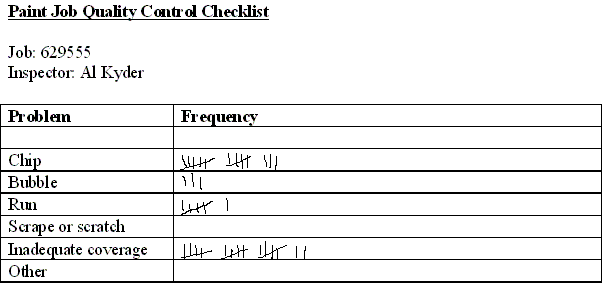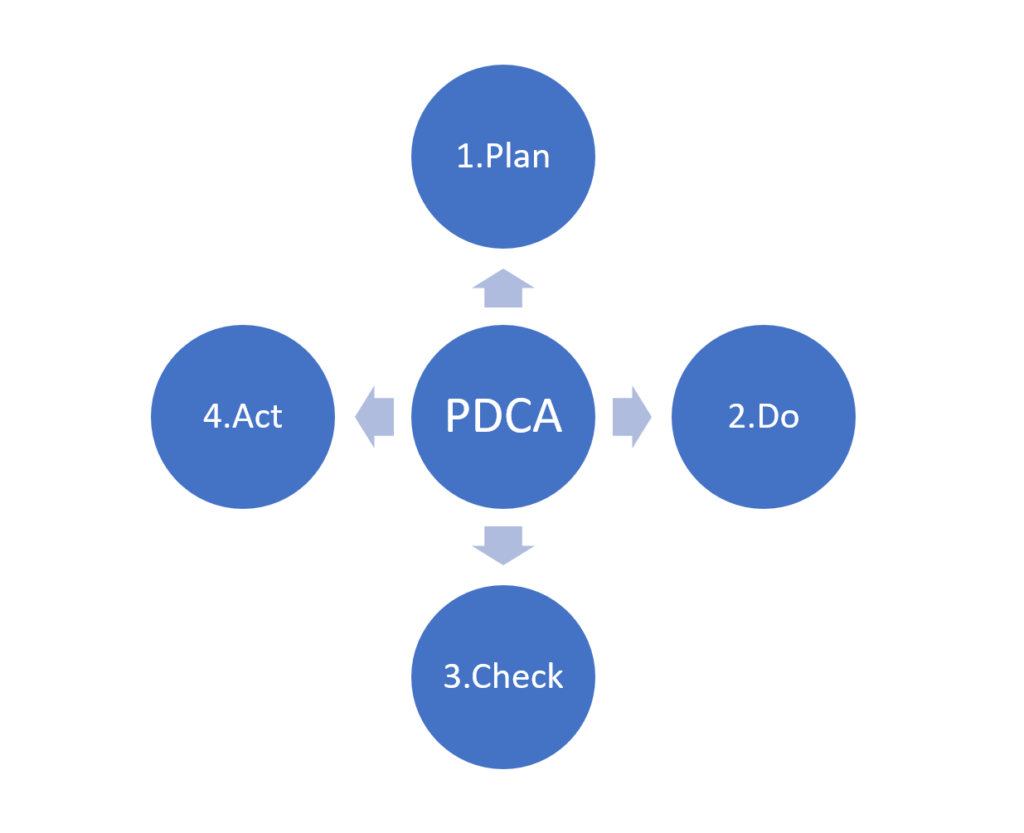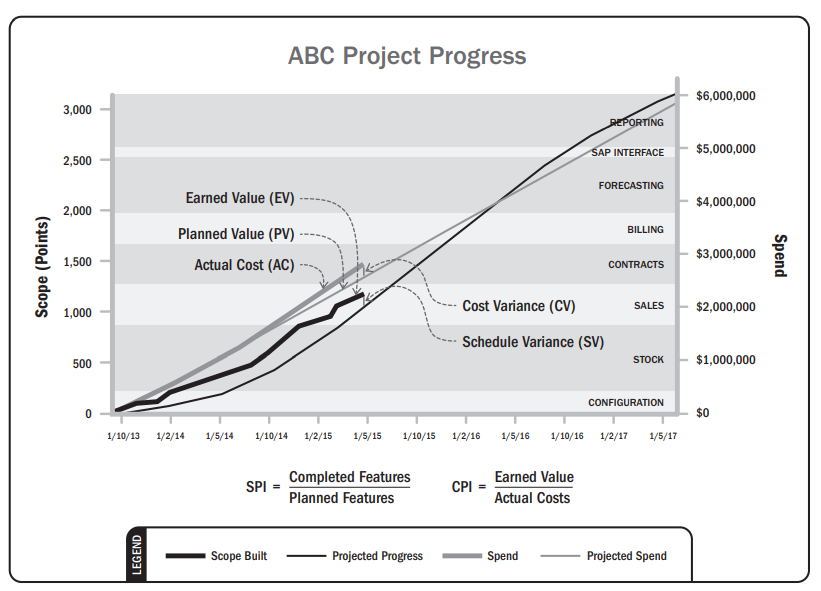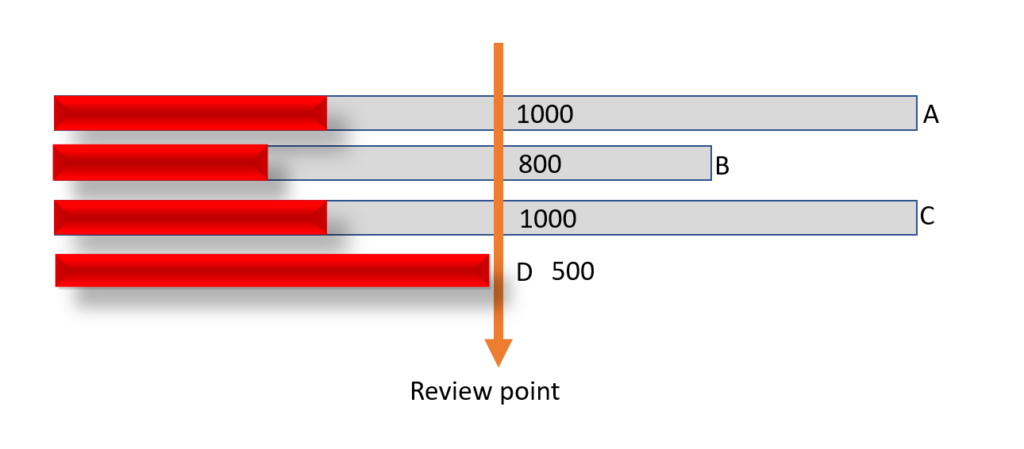The defining characteristic of a check sheet is that data are recorded by making marks (“checks”) on it. A typical check sheet is divided into regions, and marks made in different regions have different significance. Data are read by observing the location and number of marks on the sheet.
Check sheets typically employ a heading that answers the Five Ws:
- Who filled out the check sheet
- What was collected (what each check represents, an identifying batch or lot number)
- Where the collection took place (facility, room, apparatus)
- When the collection took place (hour, shift, day of the week)
- Why the data were collected.
Check sheets are used to;
- To quantify defects by type
- To quantify defects by location
- To quantify defects by cause (machine, worker)
- To keep track of the completion of steps in a multi-step procedure
There is a cost associated with designing check sheets, training people to collect and analyse data, collecting data, collating data, analyzing data and then taking corrective / preventive actions. All these costs are part of the price of conformance and must be factored into project cost estimates.
Sample check sheet




